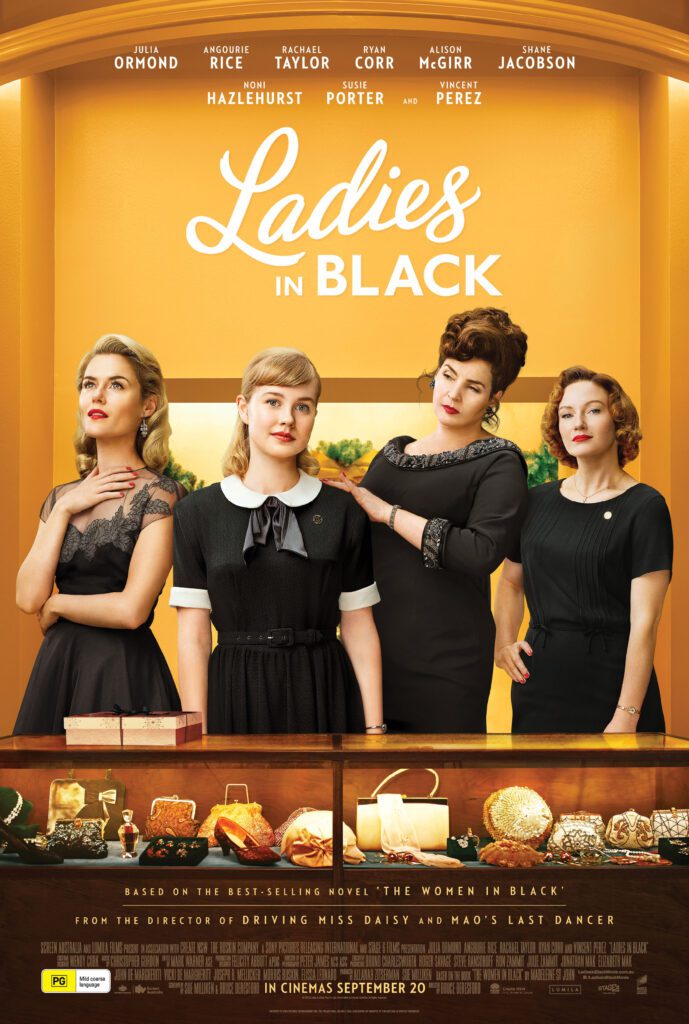
Both countries share a Commonwealth heritage: the English language, a Sovereign, bicameral legislatures. They have a similar population density (Canada's is 4.2 people per square kilometre as of 2021, Australia's was 3.3 in 2020).
Both countries have a troubled legacy of colonialism and the treatment of Indigenous peoples. They both have long histories of immigration and admitting refugees. At times, learning about Australian history is like reading about an alternate universe, where we see two versions of how a nation can take shape.
It leaves one to contemplate how things compare from an Estonian perspective, too. As reported by the Integration Foundation and ERR News in mid-March, 2023, up to 200,000 Estonians live outside of Estonia. Compare this to the 2021 Australian census results, where 11,598 Australians declared Estonian ancestry. How do their stories, or the stories of their parents and grandparents, compare to those of North American Estonians?
The Estonian Archives in Australia shed light on this, as have anecdotes from quite a few Estonians who came to Canada via Australia. Yet, another piece of the puzzle can be found in Bruce Beresford's 2018 historical drama Ladies in Black (adapted from Madeleine St. John's best-selling novel The Women in Black).
While not directly representing what happened to Estonians in Australia, and though it's quite light-hearted in tone, the film offers a few glimpses of what immigrants and refugees in Australia after the Second World War would have lived through. Set in Sydney in 1959, we get to know Lisa (Angourie Rice), an ambitious young woman who starts a job in a luxurious department store.
Among the couture, she befriends Magda (Julia Ormond), who oversees the sale of glamorous formal dresses at the department store. Magda, a kind and charismatic woman, is from Slovenia and opens up a world of European culture for Lisa, and a sophisticated social circle while she's at it. Among this circle is Rudi (Ryan Corr), a clever, sharply-dressed man from Hungary who starts a romantic relationship with Lisa's co-worker Fay (Rachael Taylor).
One side of the narrative focuses on the academic and material aspirations of Lisa, concurrent with mid-century social change. The other side highlights the divide between recent immigrants and Anglo-Australians.
From early on in the film, viewers notice hostility harboured against newcomers. Magda is labelled a “refo” (a pejorative short form for “refugee”), for example. There is palpable anger stemming from the concept that someone different would come to live and work in this Australian environment. This is all in ignorance of the horrors Magda, and so many like her, would have left behind when leaving war-torn Europe. One can't help but sympathize with the Europeans in their efforts to re-settle in Australia. Anyone who has heard about or personally faced this kind of prejudice will likely find the story compelling.
That being said, the comparisons that are drawn throughout the film between the two demographics end up feeling heavy-handed. Anglo-Australians are alternately depicted as dull and jealous. In comparison, the recent immigrants from Europe are an exciting attraction. They speak multiple languages, wear cravats, and relish in cooking and art. Rudi, being eager to marry, and Fay, being fed up with the men she meets, fall in love with each other, despite the social rift between them.
Accepting that the above is part of creating drama, we can also see how the characters learn and grow throughout the movie, and how, just like in the real world, progress is made.
Looking at the film artistically, the locations, set design, and costume design thoroughly immerse you in the late 50s, and this is always a treat for those interested in the past, whether one was there in person or has only imagined this era.
Between all of these aspects, one will find plenty to at least help imagine what Estonian refugees saw and did, all the while enjoying the ups and downs of dreams and romance.



